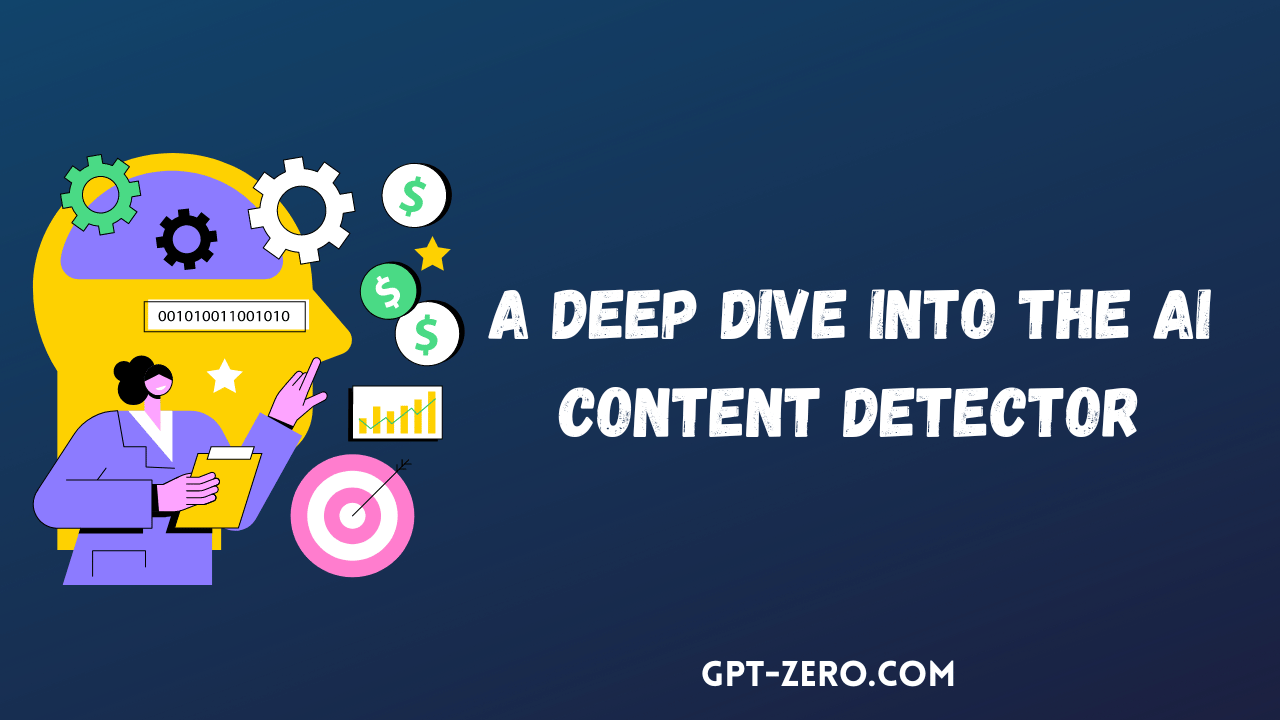As artificial intelligence (AI) continues to advance, it’s becoming increasingly challenging to differentiate between content created by humans and that generated by AI algorithms. Enter the AI Content Detector: a cutting-edge tool designed to detect AI-generated text and safeguard the unique touch of human creativity in the digital realm. In this article, we’ll explore the inner workings of AI content detectors, discuss their applications, and address common questions surrounding their use.
How AI Content Detectors Sniff Out Machine-Generated Text
The Telltale Signs of AI-Generated Content
You might be wondering: how exactly can an AI content detector differentiate between human and machine-generated content? Well, it all comes down to the subtle differences in writing style. AI-generated text often exhibits certain patterns and quirks that give it away, such as:
- Overuse of certain phrases or words
- Lack of context or continuity
- Grammatical errors inconsistent with human writing
- Unusual or unnatural sentence structures
The Algorithms Behind the Curtain
AI content detectors employ complex algorithms and machine-learning techniques to analyze these patterns and detect non-human content. Some of the key technologies used in these detectors include:
- Natural Language Processing (NLP): NLP helps the AI content detector understand and analyze human language, enabling it to identify inconsistencies and oddities in the text.
- Deep Learning Models: These models allow the detector to learn from vast amounts of data, improving its accuracy and ability to distinguish between human and AI-generated content.
- Pattern Recognition: By recognizing specific patterns and structures in the text, AI content detectors can effectively identify hallmarks of machine-generated content.
Where AI Content Detectors Make a Difference
AI content detectors are not just a nifty piece of technology; they have practical applications across various domains, such as:
- Plagiarism Detection: AI content detectors can help identify instances of AI-generated plagiarism in academic and professional settings, ensuring the integrity and originality of work.
- Fake News and Misinformation: By detecting AI-generated content, these tools can combat the spread of fake news and misinformation online.
- Content Moderation: AI content detectors can assist human moderators in managing user-generated content, filtering out AI-generated spam or malicious content.
Questions You Might Have About AI Content Detectors
Q: How accurate are AI content detectors?
A: The accuracy of AI content detectors varies depending on the specific algorithm and technology used. However, most detectors are quite accurate, with some boasting success rates of up to 95% or higher.
Q: Can AI content detectors identify deep fake videos and images?
A: While the focus of this article is primarily on text-based AI content detectors, there are also detectors designed specifically to identify deep fake videos and images. These detectors use similar techniques, such as pattern recognition and machine learning, to spot the subtle inconsistencies present in AI-generated visuals.
Q: Are AI content detectors foolproof?
A: No tool is perfect, and AI content detectors are no exception. While they are highly effective in many cases, it’s important to remember that AI technology is constantly evolving. As AI-generated content becomes more sophisticated, AI content detectors must adapt and improve to keep up.
Q: Can I use an AI content detector to improve my own writing?
A: Absolutely! By analyzing the output of an AI content detector, you can gain insights into your writing style and identify areas for improvement, such as overused phrases or unnatural sentence structures.
Conclusion
As AI-generated content continues to proliferate, it’s crucial to have tools like AI content detectors at our disposal to preserve the integrity of human creativity and ensure a level playing field in the digital space. By understanding the technology behind these detectors and staying informed about their applications, we can embrace the future with confidence and navigate the ever-evolving landscape of AI-generated content.
